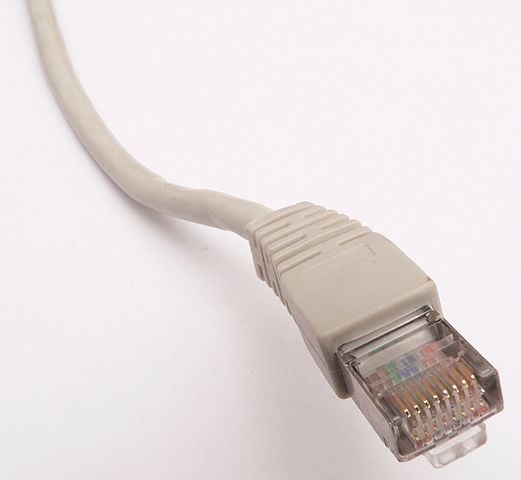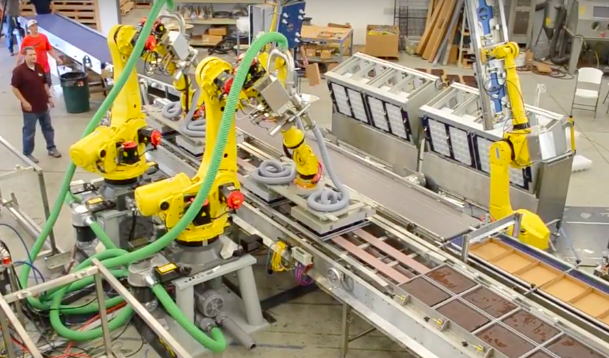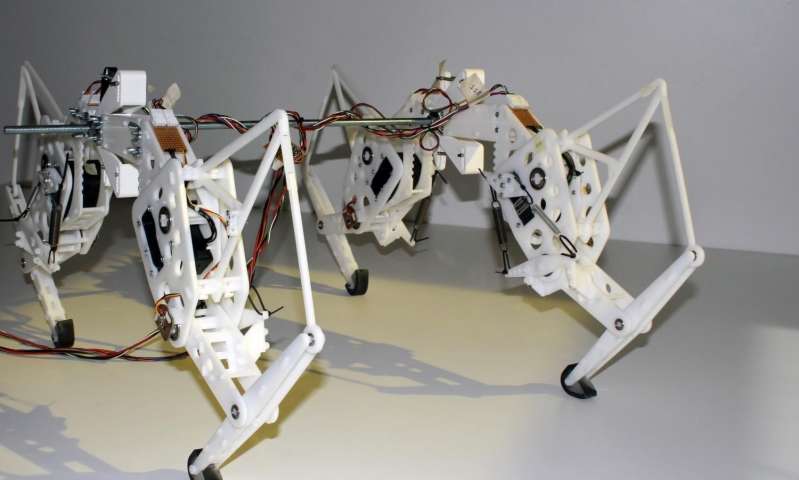Industrial Robots and Wages
Posted on Nov 22, 2013 10:28 AM. 3 min read time
Recently Jordan Weissmann wrote an article for The Atlantic magazine titled: Why Every Robot Should Love the Senate's New Minimum-Wage Bill, which discussed the raising of the minimum wage and a potential subsidy for implementing industrial robots in small and medium businesses, stating “The results could mean fewer workers and more machines.”
At first glance, the idea that increased minimum wage will lead more companies to look at automated solutions to reduce their increasing operating costs, seems logical. But, this does not mean that jobs are disappearing to be replaced by robots. In fact while robots will inevitably take over more and more jobs, (the example of automated bank tellers was given in a comment to the Atlantic article), the industrial robot manufacturers will actually be increasing jobs, so that the job transition is probably not negative. In fact, there are 2 to 3 jobs per robot in use according to the Robotics Industry Forum where Mike Wilson, President of the British Automation and Robot Association presented a study called: Positive Impact of Industrial Robots on Employment by MetraMartech.
Also, according to the International Federation of Robotics statistical study, robot sales are most likely to increase in North America over the next few years, for more details see a recent article by Catherine Bernier. Thus if robots are increasing and it takes 2 to 3 people to create a robot, it stands to reason that jobs in the robotics industry are also increasing. Now you may say that while this is a good thing, it is not minimum-wage jobs that will be increasing, as they are not used in the making of robots. However I do not know of any evidence for this, and certainly in the manufacture of robots, there are some minimum wage jobs. However, it is recognized that there will be job distortion in the transition to automation. Though most economist while recognizing this inevitable temporary job shift, also believe that the distortionary costs of raising the federal minimum wage are sufficiently small compared with the benefits to low-skilled workers...,(so) that this would be a desirable policy according to the IGM Forum (Initiative on Global Markets) out of The University of Chicago Booth School of Business.
Mr. Weissmann is not necessarily against the bill believing that: “Higher paid workers and more productivity is usually good for the economy. Putting more spending money into the pockets of minimum wage earners might also help grow jobs elsewhere.” The important part is that offering a tax break that would let small businesses deduct the total cost of investments in equipment, up to $500,000 in the first year, will grow robot manufacturers and thus increase jobs. Okay so maybe not all of these jobs will be minimum wage jobs, but is that such a bad thing?
So, thinking that more robots automatically means human job replacement is in my mind too direct a connection which doesn't take into account the benefits that industrial robots bring to the work environment. The Kinetiq Teaching application is a prime example of how robots can facilitate many welding tasks while working alongside human workers, not necessarily replacing them, but making the application of their skills go farther, more efficiently. This is exactly what we need to bring manufacturing back to North America.









Leave a comment